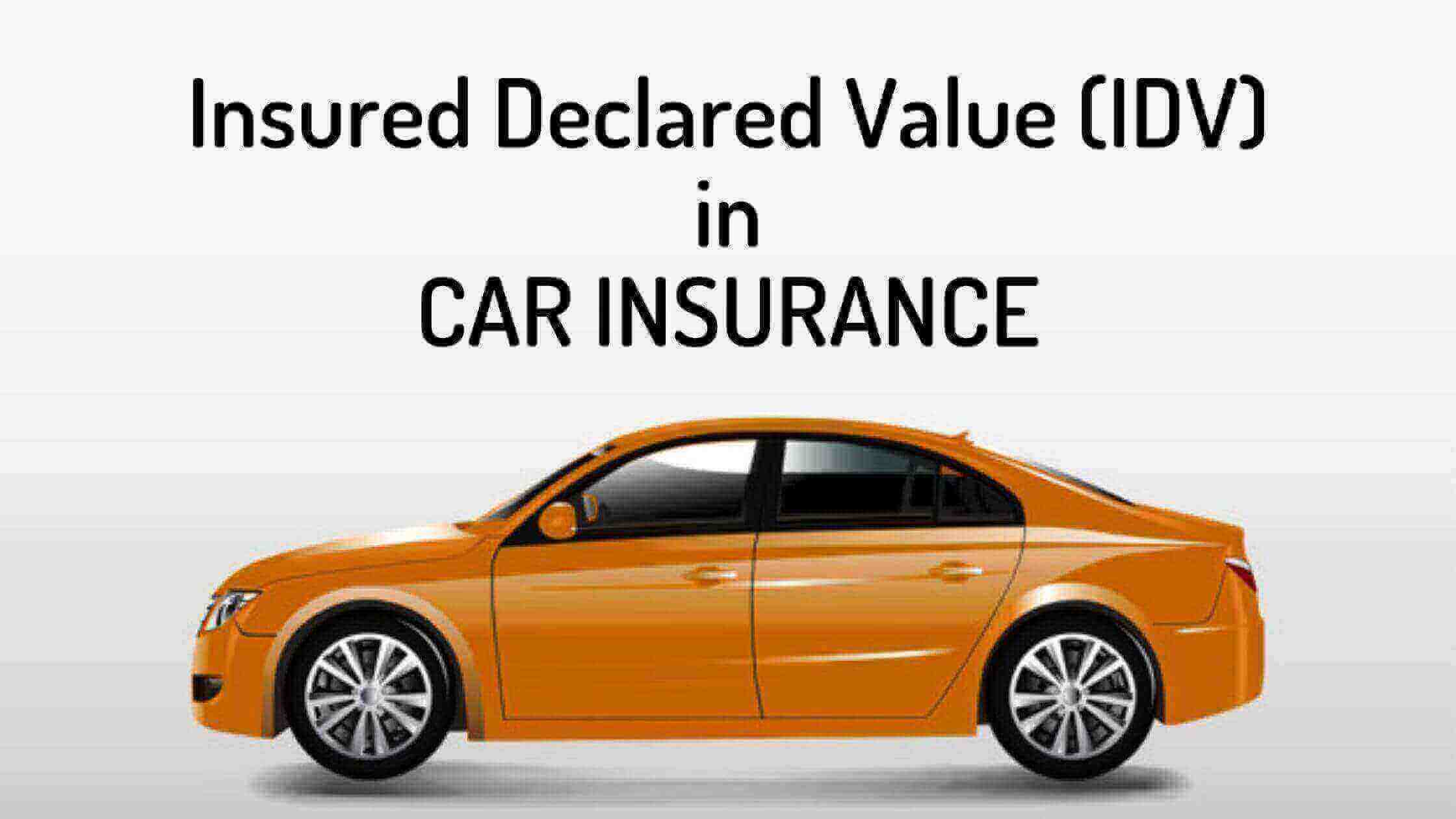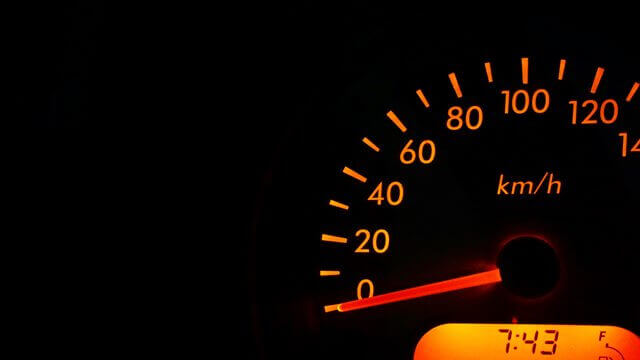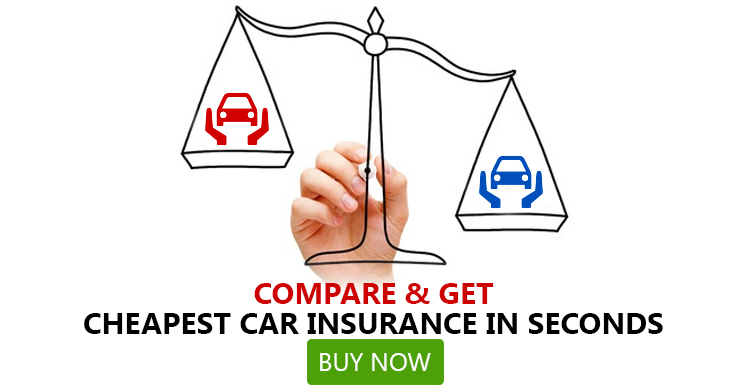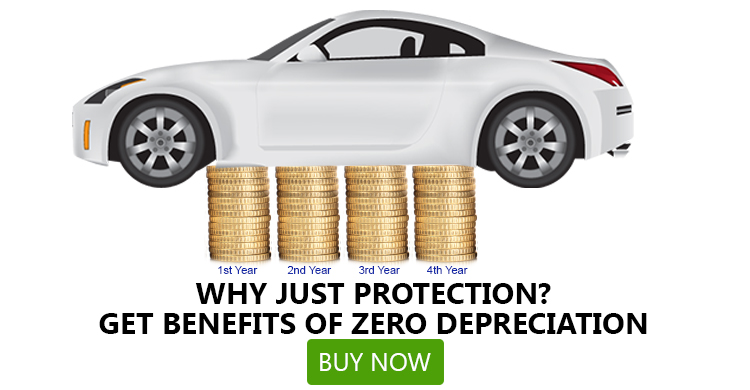Insured Declared Value (IDV) is the maximum Sum Assured fixed by the insurance company. This is the highest amount that you will be provided with, in case of theft or total loss of your vehicle. Fundamentally, IDV is the current market value of the vehicle. Let’s say your car suffers a total loss. In this scenario, IDV is the compensation that the insurance company will provide you.
For instance, if your car’s IDV is fixed at Rs 10 lakh at the time of policy purchase, the maximum amount an insurance company will compensate in the event of total loss or damage will be Rs 10 lakh.
In this context, it is very important to keep in mind that you will get compensation only in the event of total loss or in the event of theft of the vehicle within the policy term.
Importance of IDV in Car Insurance
As explained, IDV is the maximum amount that you will get in case your vehicle suffers total loss or in case of the theft of the vehicle. This is why it is advisable to go for an IDV which is equal to or at least near the cost of the market value of the vehicle. Insurance providers offer compensation along with a range of 5% to 10% decrease in the IDV chosen by a customer.
How Is IDV Calculated?
Insured Declared Value (IDV) = (Manufacturer’s Listed Selling Price – Depreciation)
Note that the registration and insurance cost are excluded from IDV. In addition to that, the IDV of the extra accessories which are not factory fitted, are calculated separately at extra cost if insurance is needed for those parts as well.
The below-mentioned formula is to calculate the IDV for a new vehicle that is equipped with extra accessories that were added after the purchase of the vehicle. However, if you do not have any such accessories fitted in your vehicle, the IDV calculation will be simple like the above-mentioned formula.
Insured Declared Value IDV = (Manufacturer’s Listed Selling Price – Depreciation) + (Cost of Vehicle Accessories – the Depreciation Value of These Parts)
You can easily calculate the IDV of your vehicle using the IDV calculator which is an online tool that helps you determines the market value of your car. It also helps estimate the ideal premium amount that you should be paying for your car insurance. IDV calculator takes into account the age of your vehicle or depreciation to reach the correct IDV for your vehicle.
There’s no doubt that IDV calculator is one of the most important tools for the purchase or renewal of car insurance online since it effectively helps vehicle owners to determine the amount payable to them during complete damage or theft claim settlement.
Check the below table to understand the depreciation schedule applied to fix the IDV of a vehicle:
|
Age of the Vehicle |
Depreciation Percentage for Adjusting IDV |
|
Not more than 6 months |
5% |
|
Between 6 months to 1 year |
15% |
|
Between 1 year to 2 years |
20% |
|
Between 2 years to 3 years |
30% |
|
Between 3 years to 4 years |
40% |
|
Between 4 years to 5 years |
50% |
Note that the IDV of vehicles aged over 5 years is calculated through mutual agreement between the insurance provider and the policy buyer. Instead of applying depreciation value, the IDV of old cars is determined through the vehicle’s condition assessed by surveyors, car dealers, etc.
A Number of Things to Keep in Mind While Calculating IDV
When you are calculating IDV of a car online, it is important to keep the below-mentioned points in mind to cautiously assess the IDV.
- The actual value of your vehicle is derived by subtracting the depreciation value from the market price of the vehicle.
- It will be the maximum compensation that you will get in the event of total loss or theft of your vehicle.
- In order to reduce the premium, do not opt for lower IDV, since it would mean less claim amount.
- When you renew your insurance plan, make sure that the cost of the premium is determined on the basis of the selected IDV. If your car’s market value is very high when compared to the chosen IDV, this would mean overpriced premium when compared to a car that costs lower.
- Check with the manufacturer or do your research before you agree to the IDV set by your insurer.
- In addition to that, assess the premium cost and check whether it has been correctly priced on the basis of your vehicle’s IDV.
- Correct assessment of IDV may cost you less premium.
- It is important to make sure that you get sufficient coverage and are satisfied with the IDV since it involves a lot of money. You can also negotiate with your insurer to avail the desired IDV.
- Keep in mind that the right declaration of insured declared value would mean a fair claim.
You can also fix your IDV of your vehicle online, but this will differ from one insurance provider to another. It also provides you with an opportunity to fine-tune your IDV while renewing your car insurance policy online. So you need to ensure that you don’t miss a chance.
Factors that Help to Determine the IDV of a Car
Below-discussed are the factors that help an IDV calculator to estimate the IDV of your car:
- Make and Model of the Car: The make and model of your car is one of the most important factors to determine the IDV of the vehicle. Generally, there are 3 types of cars are available in the market – Hatchback, Sedan, and Sports Utility Vehicle (SUV). The value of a car depends on its type. A hatchback car (such as a Maruti Suzuki Swift, Renault KWID, etc.) is usually cheaper when compared to sedans (such as AUDI A4, BMW 3 Series, etc.) or SUVs (such as Toyota Fortuner, Mahindra Scorpio, etc). The IDV of a BMW 3 Series will certainly be a lot higher than that of a Maruti Suzuki Swift due to its higher cost and maintenance.
- Age of the Car: The age of your vehicle is one of the biggest factors in terms of determining the IDV of your car. The simple rule of thumb is, the higher the age of your car, the lower would be its IDV.
- Standard Depreciation: The depreciation schedule shown in the table earlier influences the IDV of your vehicle. The depreciation to the market value of your car is charged on the basis of the percentage mentioned in the depreciation schedule.
- City of Car Registration: The city where your vehicle has been registered also impacts the value of your car. The insured declared value of a car which is registered and plying in a metropolitan city like Mumbai, Kolkata, etc., will be higher since it will be open to more risks when compared to the IDV of a car registered and running in a small town in MP.
- Accessories: Depreciation on accessories fitted in your car is also calculated at the time of determining the IDV amount. Therefore, its value will also change based on the age and working condition of additional accessories.
How Does IDV Affects Car Insurance Premium?
- The IDV of your car is directly proportional to the premium of your car insurance.
- It basically means, the higher the value of IDV, more will your premium amount.
- Likewise, since the IDV of your car will decrease with its increasing age, you payable premium will also decrease.
- Keep in mind that, it is not advisable to opt for a lower IDV just for the sake of reducing your car insurance premium because it will result in losses.
- Also note that a lower IDV simply means you will receive a lower compensation amount in the event of total damage or theft claims.
- The whole thing is that you should go with an IDV which is closest to the market value of your vehicle without paying exorbitant premium.
Why Should You Care About Your Car’s IDV?
The IDV of your car is a very critical aspect in terms of buying a car insurance policy. Apart from helping in determining the maximum compensation amount for your vehicle, IDV also plays a fundamental when it comes to the premium amount of your car insurance policy. However, there are several other factors, such as the geographic zone, type of cover, add-on covers, etc that also help to reach the final premium amount for a car insurance policy.
Wait, it’s not over yet!
The IDV of your car also plays a vital role when you decide to sell it. If the IDV of your vehicle is high, it will automatically get you a higher selling price. In the same way, a lower IDV will lead to selling your car for a lower price. Even though there are other factors, such as claims experience which that also affects the selling price of your car, you should be really careful at the time of fixing the IDV for your vehicle.
What Are the Advantages & Disadvantages of High and Low IDV?
To deeply and precisely understand the advantages & disadvantages of High and Low IDV in car insurance, take a look at the table given below:
|
Nature of IDV |
Advantages |
Disadvantages |
|
High IDV |
The insurer will pay a higher compensation in the event of theft or total loss claims. |
You will have to pay a higher premium amount. |
|
Low IDV |
You will have to pay a lower premium amount. |
The insurer will pay a lower compensation in case of theft or total loss claim. |
What If I Go for a Low IDV?
If you declare you IDV lower than the actual amount then the premium would certainly be low. This is because the Own Damage (OD) premium of the insured car is relative to the car’s value.
By opting for a lower IDV, you might save on your car insurance premium. But you will also be offered a lower claim amount as compensation, in the event of a mishap. It simply means that if the expenses owing to accidental damage are higher, then you will have to pay from your pocket. It is because the expenses are higher than the IDV which you had chosen while buying car insurance.
For Example, Arijit owns a Hyundai i20 manufactured in 2019. The present market value of the car is around Rs. 8 Lakh. But, when he was buying a car insurance policy, the suggested IDV amount was 5.5 lakh and the cost of the policy was Rs. 10,000.
What you should note here is that there is a difference of Rs. 2.5 Lakh between the current market price of the car and the suggested IDV.
However, when Arijit adjusted the IDV to Rs. 8 Lakh, the cost of his policy increased to RS. 11,500. Here, the difference of Rs. 1500 is vital. It would result in a loss of Rs. 2.5 lakh during claim settlement if Arijit’s car gets stolen because he has purchased the policy at a lower rate.
Inference
In the end, the Insured Declared Value certainly plays a significant role in terms of determining the premium of your car at the time of policy renewal or purchase. It is imperative to mention the correct IDV; or else, it may obstruct your claim process. You can enjoy great deals from a number of insurance providers today online. They can also help you to unearth the best possible option. In addition to that, you can instantly compare all the available options. Thereafter, you can make an informed decision as per your requirements and choice. This way you can get the best value for your car and it will save you from paying high premium costs too.













